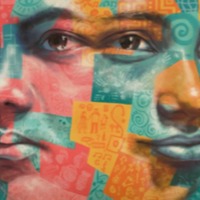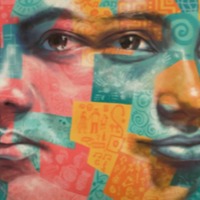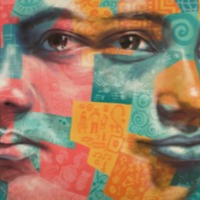
Sultana
There are an estimated 85,000 people living in modern slavery in Yemen (GSI 2018). Young girls are subjected to child forced marriage, with UNICEF estimating 32% of girls being married before the age of 18. There is currently no legal age of marriage in Yemen and poverty, the practice of dowry and strict social and religious customs are drivers of child marriage in the country. With the onset of conflict within the country, estimates suggest that child marriage is on the rise. Sultana was forced to marry at 16 years old in 2009 and was pregnant less than a year later.

Elias
There are an estimated 451,000 people living in modern slavery in Eritrea (GSI 2018). The small country has a unique system of compulsory, open-ended military service for citizens that makes it one of the most oppressive states in the world. The government has enforced its current policy of sending all secondary school students to serve for a minimum of twelve months since 2003. While Eritrean law puts the minimum conscription age at 18, many teenagers find themselves recruited during high school at age 16 or even younger. In rural areas, where formal education is rarer, the army will visit villages to round up young girls and boys who look roughly of age, to begin their program of combat training and forced labour. Elias was 15 years old when he was imprisoned for attempting to flee Eritrea. He was then sent to a military training camp where he tells of the starvation and beatings he and other children endured. Elias was finally able to escape and leave the country.

Mark
Despite having the lowest regional prevalence of modern slavery in the world, Europe remains a destination, and to a lesser extent, a source region for the exploitation of men, women and children in forced labour and commercial sexual exploitation. According to the most recent Eurostat findings, European Union (EU) citizens account for 65 percent of identified trafficked victims within Europe. These individuals mostly originate from Eastern Europe, including Romania, Bulgaria, Lithuania and Slovakia. Mark Ovenden is a survivor of modern slavery. In an interview with the BBC, he recounts how he was offered accommodation and employment just outside his hometown in Southern England. At the time – Sept. 2009 – he had no job and was eating out of soup kitchens, so he jumped at the chance to earn some money. But things did not turn out as Ovenden expected. Between Sept. 2009 and April 2010, he moved with the family to different areas in the U.K., Holland and Sweden where he was forced to work for either no money or minimal pay. The work – taking up and laying driveways – was physical, repetitive and generally involved labouring for long hours. Ovenden, who said he had no support network of friends or family at the time, soon became completely dependent on his bosses.